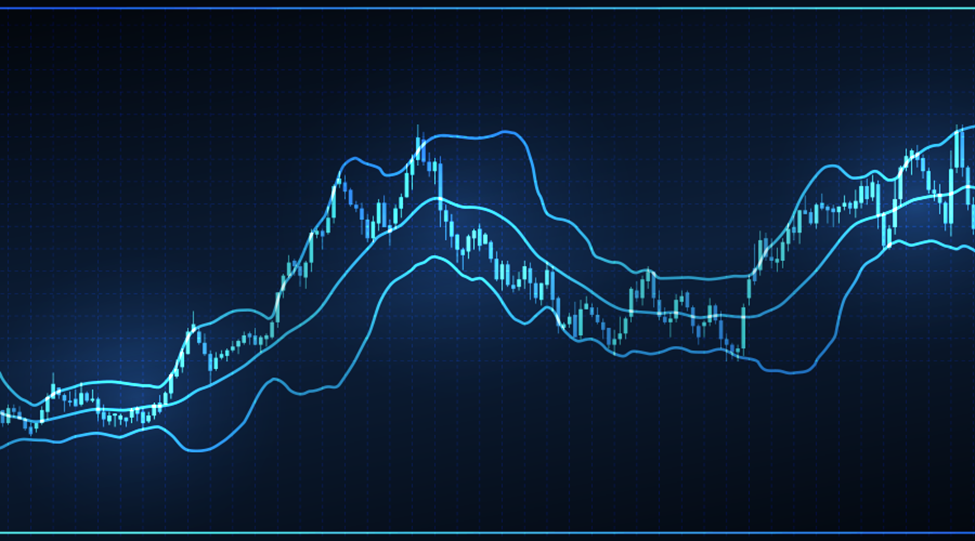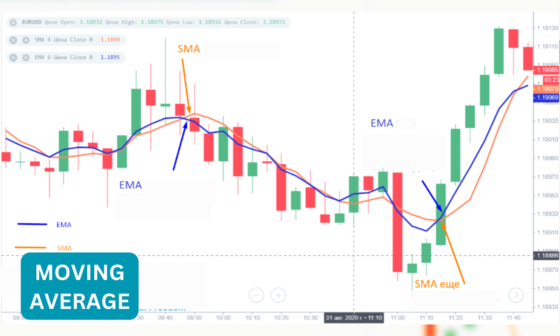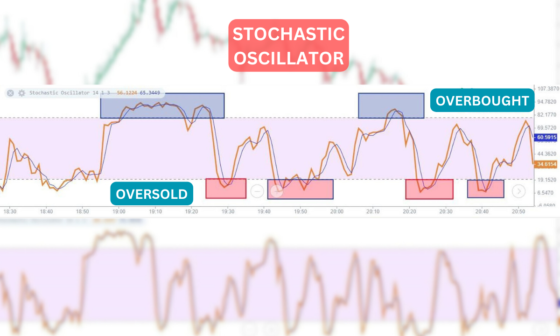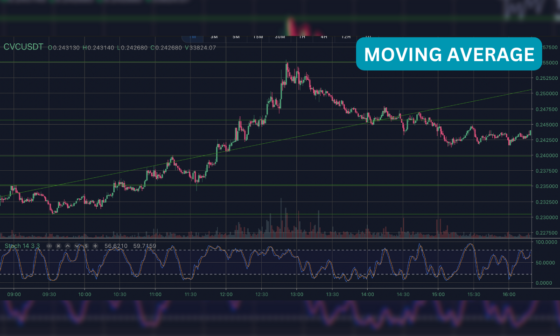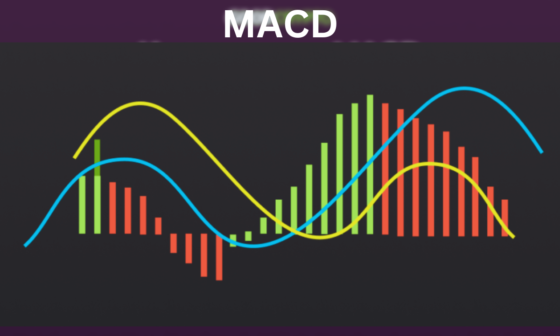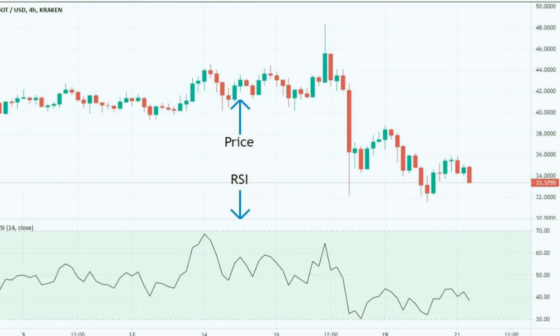If someone told you that the greatest approach to comprehending the market dynamic while developing a trading strategy is to examine the ideas of a dancer, you would be surprised, to say the least.
Nicolas Darvas, who devised a box method to trade the markets while traveling the world dancing and made $2,000,000 in the stock market in 18 months, is a captivating trading discovery of the mid-1900s.
How did this professional dancer amass such an enormous fortune while performing on stages all around the world?
His Darvas box trading strategy is based on the premise that traders can target stocks by analyzing highs and volume as crucial indications.
The approach entails buying assets trading at new highs and then drawing a box over the recent highs and lows to establish entry and exit points as well as a stop-loss order.
To be seen as part of the Darvas box, a stock’s price action must go over the previous high yet return to a price that is not far from that high.
Despite the usefulness of the Darvas box system as a swing trader, the indicator can be employed in any time frame in today’s markets. To that aim, this post will go over the Darvas Box strategy, guidelines, and best practices.
What is Darvas Box Theory?
Darvas Box Theory is a trading strategy that was developed in the 1950s by a ballroom dancer named Nicolas Darvas when he got a subscription to the Wall Street Journal and began exploring trading possibilities. This theory is centered around the momentum of stocks. If the price of a stock has increased in the past, it’s likely to climb again in the future, and vice versa.
Darvas devised a system for determining the entry and exit points from the market using momentum theory and technical analysis of businesses. Darvas, however, was not equipped with modern improvements such as the internet.
Everything took a little longer. As a result, everything took longer than it does now. Darvas would obtain information about each organization by traveling to various locations and experiencing around the world to gain knowledge or by reading newspapers.
Incredibly, his fundamental analysis of the companies was so precise that he made $2 million from the market with a beginning capital of only $25,000, with just minor ups and downs along the way.
There have been debates on how much he earns using this formula. However, even the most conservative estimate of his revenue is $250,000. It means that, in the worst-case situation, he multiplied his assets tenfold using the Darvas Box Theory, which isn’t so bad.
Darvas Box Theory Criteria
Darvas Box Theory is a trading tool devised by Nicolas Darvas. He was an expert at social arbitrage. He frequently traversed the world on dancing tours as part of his job. It taught him to understand the numerous cultural changes that individuals experienced around the world.
He used this skill to identify and target markets with the highest development prospects. He intended to apply his hypothesis solely to stocks that had shown an upward trend in the previous 52 weeks. As a result, he exclusively targeted companies from emerging industries that were creating revolutionary products and exhibited great potential for profits such as technology.
Nicolas used to conduct fundamental analysis on several businesses to identify industries or companies. For example, he invested in Lorillard as cigarettes were in strong demand in 1950.
He primarily targeted businesses based on two key indicators. The first is a sustained upward trend, and the second is the trade volume driving any stock. He avoided cheap stocks, sometimes known as penny stocks, because they can be highly volatile.
So, Nicolas Darvas chose companies in the intermediate tier with endless growth potential that was neither too cheap nor too costly. These indicators were critical for the Darvas Box Theory to function.
How a Darvas Box Theory Works
Nicolas Darvas used to keep track of the stocks he was interested in, as well as their highs. As all the stocks were trending upwards, he noted many highs in the 52 weeks. This was because all of the stocks were trending upward. Darvas was able to determine the best timing to enter and exit the market using the Darvas Box Theory.
Boxes are constructed throughout the fiscal year depending on new highs that the stock reaches, beginning with a 52-week high. Whenever the price exceeds the high or box top, the trade is initiated, and it is a signal to buy the stock.
Step 1
After selecting a company, the first stage is to begin constructing the box, which starts by marking the new 52-week high. This also represents the box’s top. When the price drops, the point at which it returns becomes the box’s bottom line.
The box elongates as the price fluctuates between the top and bottom of the box. The highs can be considered resistance, while the bottom of the box might be considered support.
Step 2
When the price moves upward and breaks the box, the trade is expected to be initiated. The new high establishes the buy order. A sell order is also selected based on the risk percentage that the investor is willing to take.
Step 3
If the price has reached the sell order, the stock must be sold. Darvas claims that he never faced large losses since he put his ego aside and acknowledged his mistake right away.
Assuming that it continues to rise, the trade will remain open until a new box begins to form. If the price rises above the second box, the trade will end with further capital gains.
A new sell order is also placed for the new box, and if the price reaches the sell order limit, Darvas recommends exiting the deal as quickly as possible. It was his trading discipline that rendered his approach effective.
Step 4
The stock is scrutinized even more to see whether any more boxes are forming. If the upward trend loses the pattern in such a way that boxes cannot be constructed, or if the stock begins to move downwards instead of oscillating within a price range, the trade with the specific stock is over.
Nicolas significantly reduced his risk by employing Darvas Box Theory. He was certain that if the price ever approached his sell order, he would never continue the trade, demonstrating his control.
The Darvas Box Theory appears very convenient and simple in theory, however, the patience needed to first select firms that meet the requirements and then maintain control of his ego to exit the trade the instant he recognizes his mistake in selecting a stock is immense.
The amount of study that went into making this hypothesis function was enormous. Despite being a professional dancer, he spent 8 hours per day researching the market. His market knowledge and skill won him $2000,000.
Marking a New 52-Week High
As discussed above, marking a new 52-week high, which also eventually turns into the top of the box (resistance), is the first step of Darvas Box Theory. This is particularly significant because to initiate a trade this high has to be broken.
This isn’t as simple as it sounds. A high must meet a few requirements to be at the top of the box.
Darvas employed a four-day pattern to select the box’s top. Every high had to stand the test of time, especially four days. Every high had to be followed by three consecutive days of lower prices.
Any price and pattern would operate in those three days until all three prices were lower than the first day’s high. Other steps to building a box would follow once the 52-week high was established.
Below is an illustration of CSCO (Cisco Systems), where the price achieved a 52-week high and had retreated for two days, at the time of writing.
Darvas Box Theory in Practice
In practice, Darvas boxes are designed to help investors outperform the overall market performance. Darvas only invested in high-growth industries such as technology. However, he made an exception for Lorillard Tobacco Company as the company sold a lot of Kent and Old Gold cigarettes back at that time.
The Lorillard Tobacco Company was not in the technological area, but cigarettes were one of the businesses that were thriving and had huge development potential at the time. As a result, an upward trend appeared to be feasible.
He began his strategy by purchasing 200 shares at 27.5 when the price had risen over his newly recorded 52-week high. He designated 26 as his stop order. Unfortunately, the stock prices decreased within a few days and hit 26. As a result, he was forced to dispose of his shares to finish the trade.
After a few days, the stock prices of Lorillard Tobacco Company began to rise again, which made him feel more confident in his trading decisions. So, he returned to the market by repurchasing 200 equities for 28.75.
The price increased, another box developed, and the price surpassed the second box as well. This enabled Darvas to purchase 400 more stocks at 35 and 46.5. He closed the trade when the stock reached 57. Within six months, he had earned a profit of more than 60%.
How to Trade
Individuals can use the following steps for trading stocks using the Darvas Box method:
- Find a stock that has set a new annual or 52-week high.
- Once the high has been established, ensure that the stock price remains below that high for the next three days in succession.
- The new high of that stock is the box’s top, and the breakout point leading to the new high is the box’s low.
- Buy the break of that box after it is a few points above the high.
- If the box has been breached, sell the box’s low.
- Continue to add to the position when the price moves into a new box.
Limitations of Nicolas Darvas Box Theory
Various traders employ Darvas boxes as part of their trading strategies to perform trades and gain profits. However, opponents of the Darvas Box Theory technique claim that Darvas’ initial success was due to trading in a very bullish market and that his findings cannot be replicated in bear markets. They believe that using this method in a bearish market will result in severe losses.
Furthermore, predicting market trends is difficult. Although Darvas would leave as soon as the stock price touched the sell order, tiny losses would occur here and there.
In the 1950s, it was his exhaustive research that helped him to identify companies that guaranteed growth for the next 20 years. However, with such fierce competition, it is now even more difficult to identify such businesses.
Conclusion
Darvas Box theory is a unique technical trading approach named after its creator, Nicholas Darvas. Darvas was able to create an exceptional trading profession as a result of a startling turn of circumstances. He would research target stocks and place orders while conducting his roadside career as a professional ballroom dancer.
Darvas’ trading ideally comprised the placement of rising boxes atop an existing one. As a result, stop losses would be moved slightly higher to secure profits as long as the trend held.
According to sources, he was able to make a profit of $2,000,000 in the stock market which was an important milestone back at the time. Critics contend that his strategy was just fortuitous, as it suits within a bullish market.
However, there are a few good points traders can adopt from Darvas. His usage of trading tools and explicit entry and exit criteria. The stop-loss order comes next. Plus, a comprehensive market analysis – that stands out.


